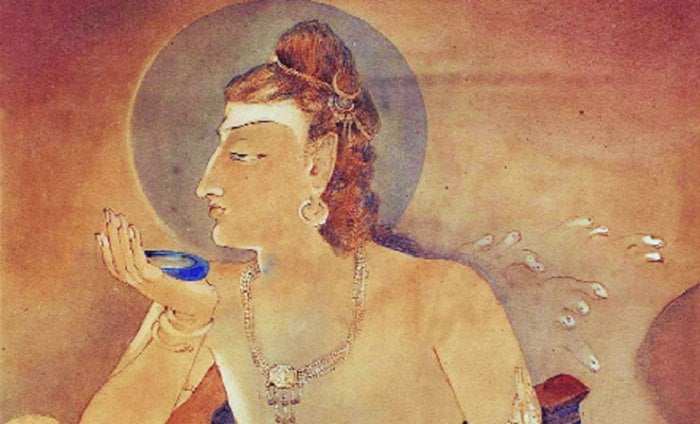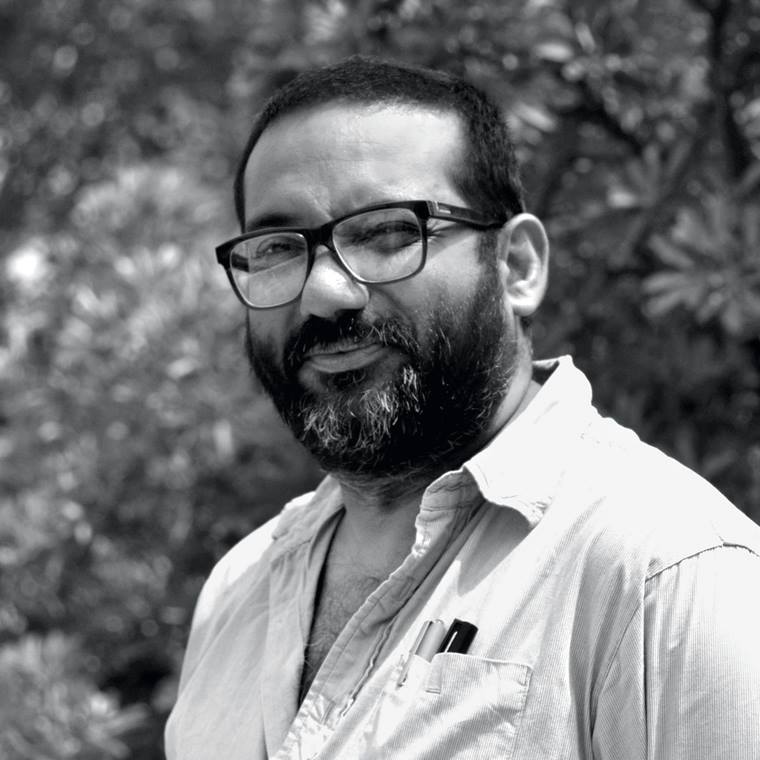Nandalal Bose was one of the pioneers of modern Indian art. He was the key figure of contextual modernism. He was the pupil of Abanindranath Bose. He was known for the ‘Indian Style’ of painting. In 1922, he became the principal of Kala Bhavan, Shantiniketan. His most prominent paintings are from the Indian mythologies, village life, and women.
Presently, many art critics consider him one of the most important figures of modern Indian art. In 1976, his artworks are put into the national treasure along with other 8 artists. He was the one who illustrated the constitution of India.

At age of 15 in 1898, he moved to Calcutta to pursue high school in Central Collegiate School. After clearing his examinations, he continued to study for the college in the same institution.
In June 1903, he married Sudhiradevi, the daughter of a family friend. Initially, he was not permitted to study art; his family wanted him to study commerce but repeated failure in the subject they agreed to send him to Calcutta’s School of Art.
When Bose was a young artist, he was deeply influenced by the murals of Ajanta caves. To mark the Dandi March, Nandalal Bose created an iconic image for the non-violence movement. His genius was recognized by Gaganendranath Tagore, Ananda Coomaraswamy, and O.C. Ganguly. They created the Indian Society of Oriental Art.
In 1922, he became the principal of Kala Bhavan at Tagore’s International University Santiniketan 1922. Jawaharlal Nehru asked him to sketch the emblems of Government of India’s awards, including Bharat Ratna and Padma Shri.

Vikash Kalra is a self-taught artist and writer based in New Delhi whose work has been exhibited across India and is held in several private and corporate collections.